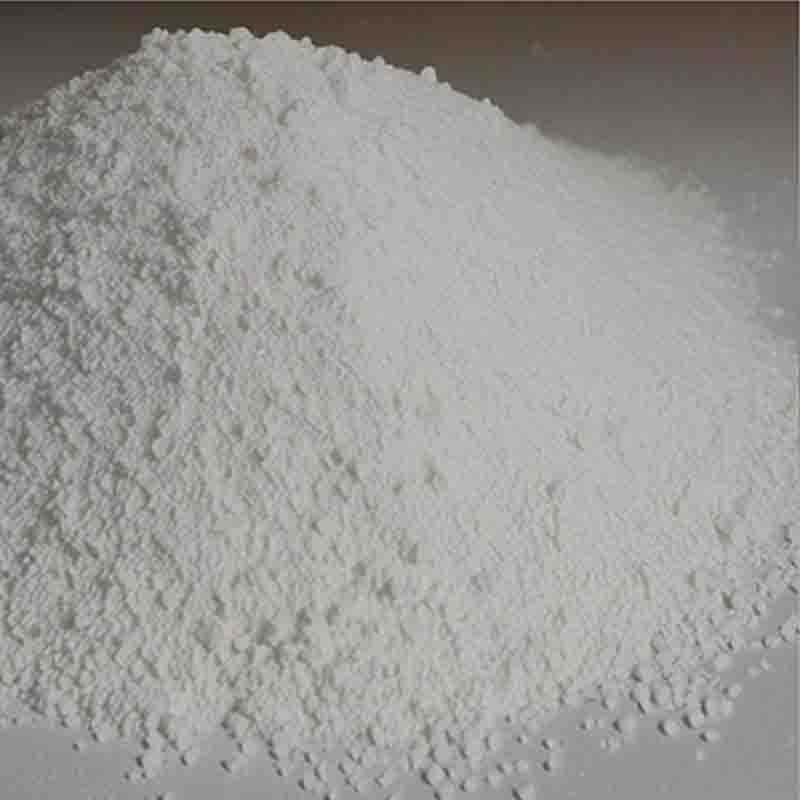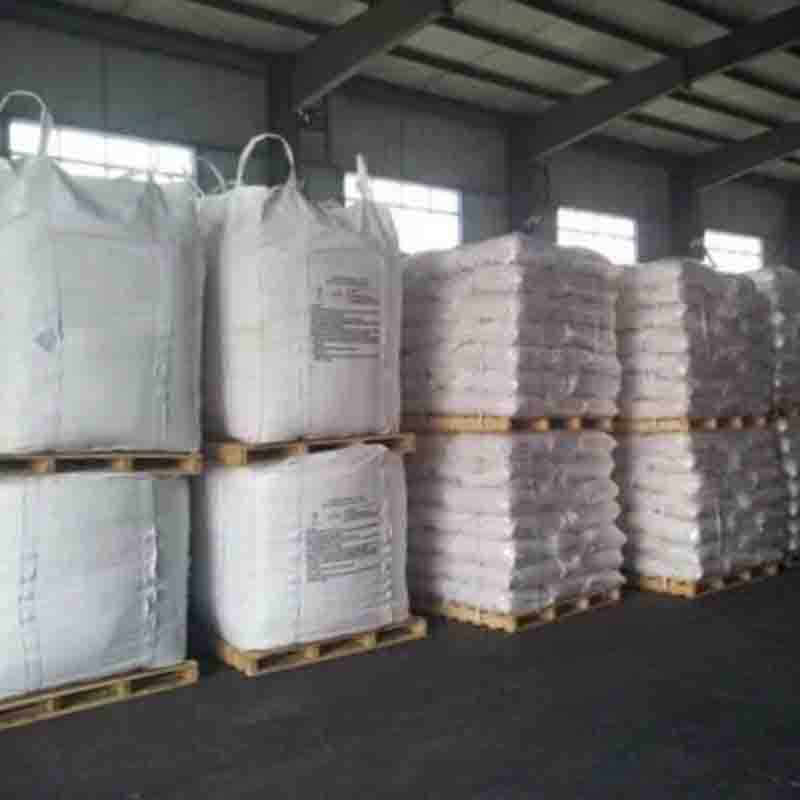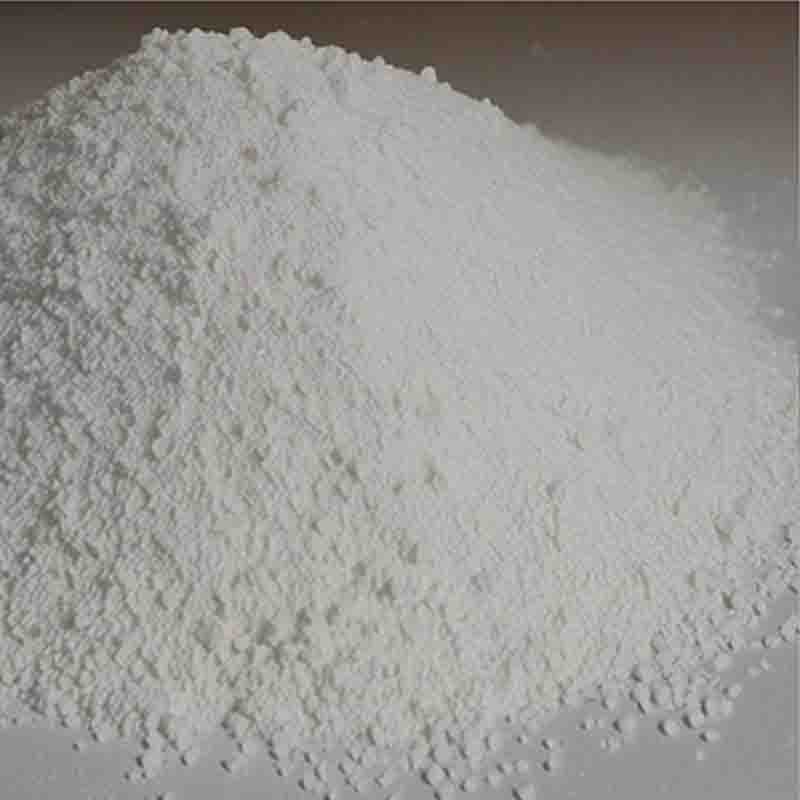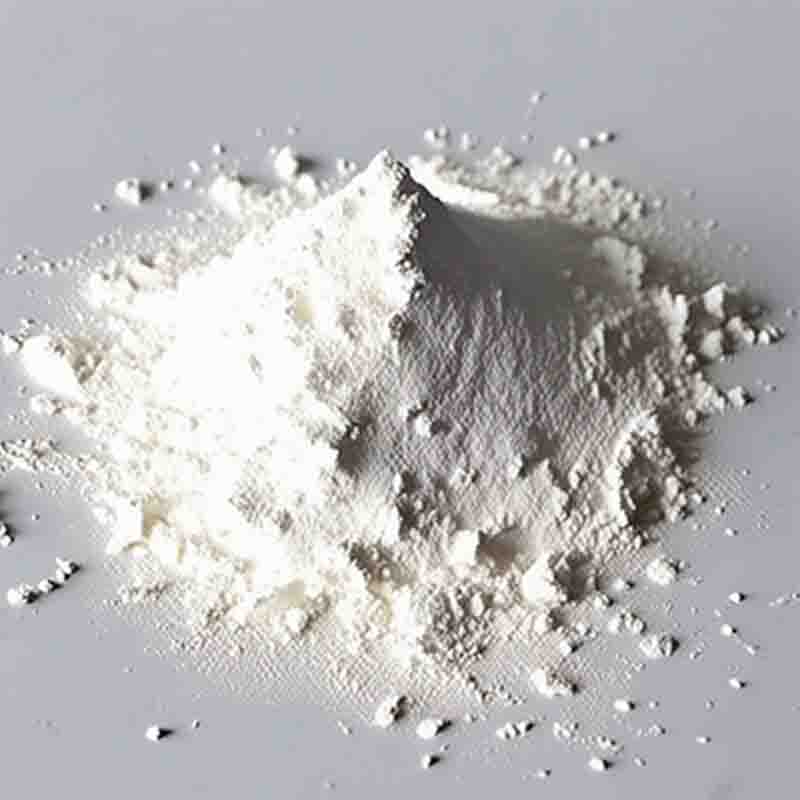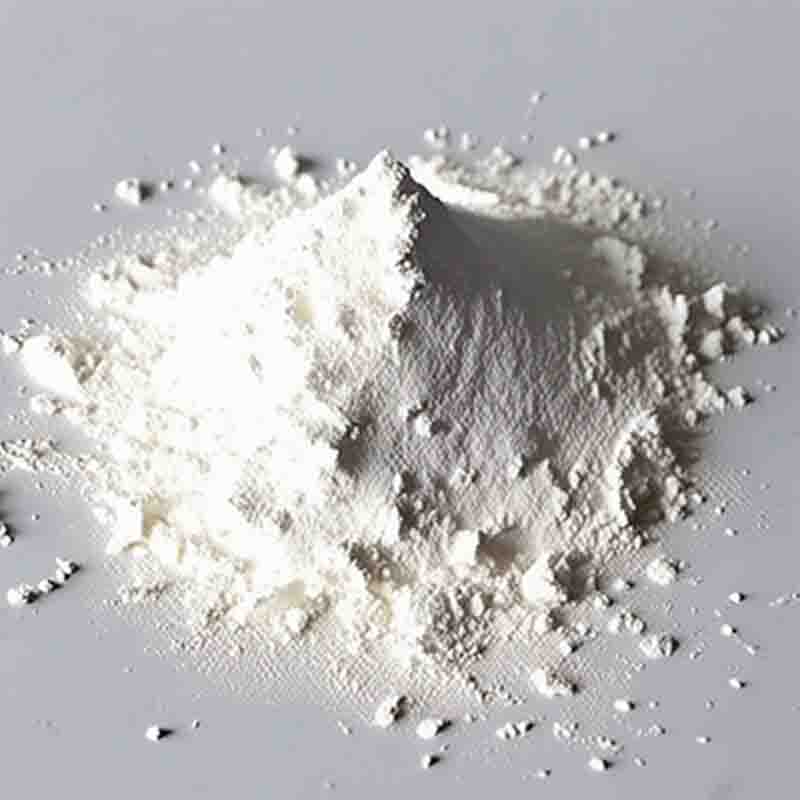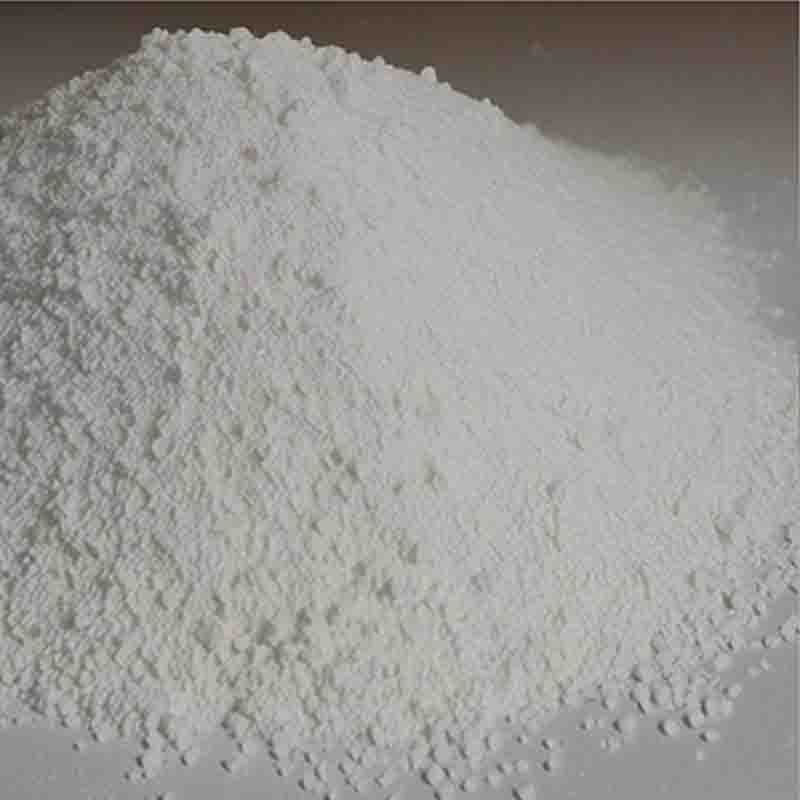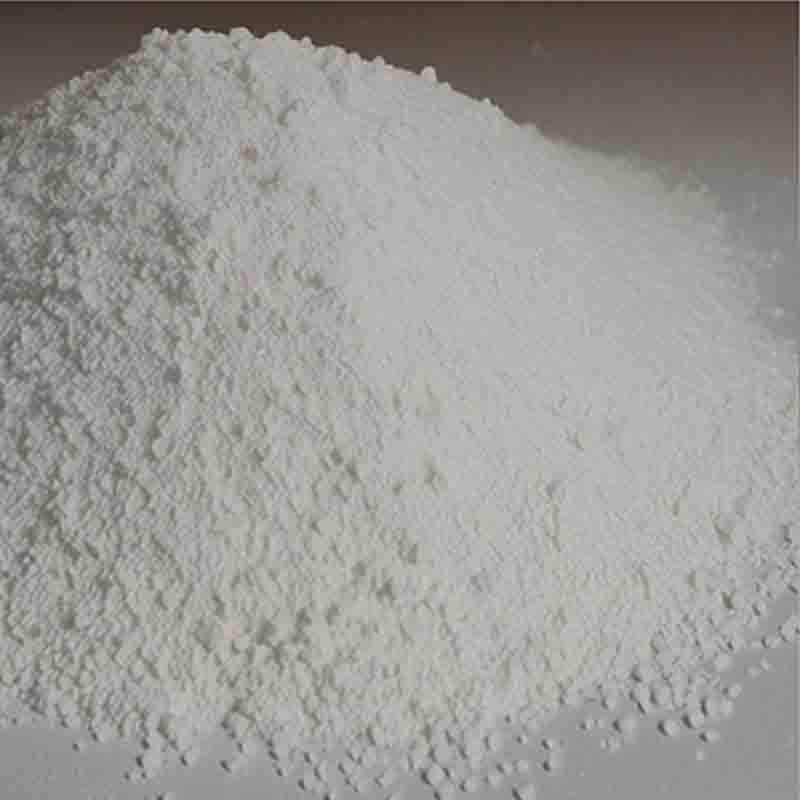5-Metlylindole CAS:614-96-0
| Catalog Number | XD95486 |
| Product Name | 5-Metlylindole |
| CAS | 614-96-0 |
| Molecular Formula | C9H9N |
| Molecular Weight | 131.17 |
| Storage Details | Ambient |
Product Specification
| Appearance | White powder |
| Assay | 99% min |
5-Methylindole, also known as 5-methylergoline, is a compound that belongs to the ergoline family. It has been the subject of various scientific studies due to its potential effects and pharmacological properties. In this 300-word explanation, we will discuss the effects and potential benefits of 5-Methylindole.One of the notable effects of 5-Methylindole is its impact on the central nervous system. Studies have shown that 5-Methylindole can interact with serotonin receptors, specifically the 5-HT1A receptor, which is involved in mood regulation and anxiety. This suggests that 5-Methylindole may have anxiolytic and antidepressant properties, making it a potential candidate for the management of mental health disorders.Another area of interest regarding 5-Methylindole is its potential effects on sleep and circadian rhythm regulation. Research has indicated that 5-Methylindole can influence the activity of melatonin, a hormone that plays a crucial role in regulating sleep-wake cycles. By affecting melatonin release, 5-Methylindole may have implications for sleep disorders and the regulation of circadian rhythms.Moreover, 5-Methylindole has been investigated for its potential role in the modulation of immune function. Studies have shown that 5-Methylindole derivatives can influence immune responses by regulating the production of certain cytokines and enhancing the activity of immune cells. This suggests that 5-Methylindole may have immunomodulatory properties and could be explored for its therapeutic potential in conditions related to immune dysregulation.Additionally, 5-Methylindole has been found to possess antioxidant activity. Oxidative stress, caused by an imbalance between the production of reactive oxygen species and the body's ability to neutralize them, is implicated in various diseases, including cardiovascular disorders, neurodegenerative conditions, and cancer. The antioxidant properties of 5-Methylindole may contribute to its potential protective effects against oxidative damage and disease development.In conclusion, 5-Methylindole holds promise in various areas of research. Its potential anxiolytic and antidepressant effects, influence on sleep and circadian rhythms, immunomodulatory properties, and antioxidant activity make it an intriguing compound for further investigation. However, it is important to note that the specific effects and safety profile of 5-Methylindole may vary depending on the specific compound and its dosage. Further research is needed to fully understand the potential benefits and limitations of 5-Methylindole in different therapeutic applications.


